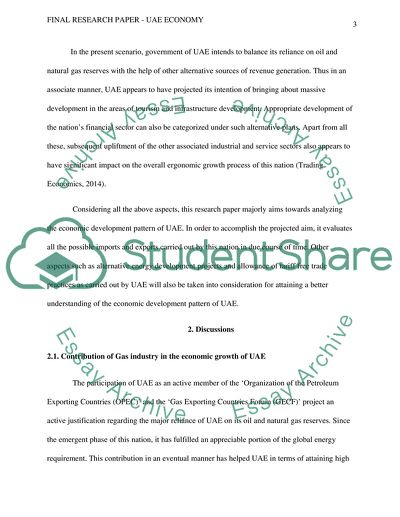Cite this document
(“Economy of United Arab Emirates Research Paper Example | Topics and Well Written Essays - 5000 words”, n.d.)
Economy of United Arab Emirates Research Paper Example | Topics and Well Written Essays - 5000 words. Retrieved from https://studentshare.org/macro-microeconomics/1844172-final-research-paper-uae-economy
Economy of United Arab Emirates Research Paper Example | Topics and Well Written Essays - 5000 words. Retrieved from https://studentshare.org/macro-microeconomics/1844172-final-research-paper-uae-economy
(Economy of United Arab Emirates Research Paper Example | Topics and Well Written Essays - 5000 Words)
Economy of United Arab Emirates Research Paper Example | Topics and Well Written Essays - 5000 Words. https://studentshare.org/macro-microeconomics/1844172-final-research-paper-uae-economy.
Economy of United Arab Emirates Research Paper Example | Topics and Well Written Essays - 5000 Words. https://studentshare.org/macro-microeconomics/1844172-final-research-paper-uae-economy.
“Economy of United Arab Emirates Research Paper Example | Topics and Well Written Essays - 5000 Words”, n.d. https://studentshare.org/macro-microeconomics/1844172-final-research-paper-uae-economy.


